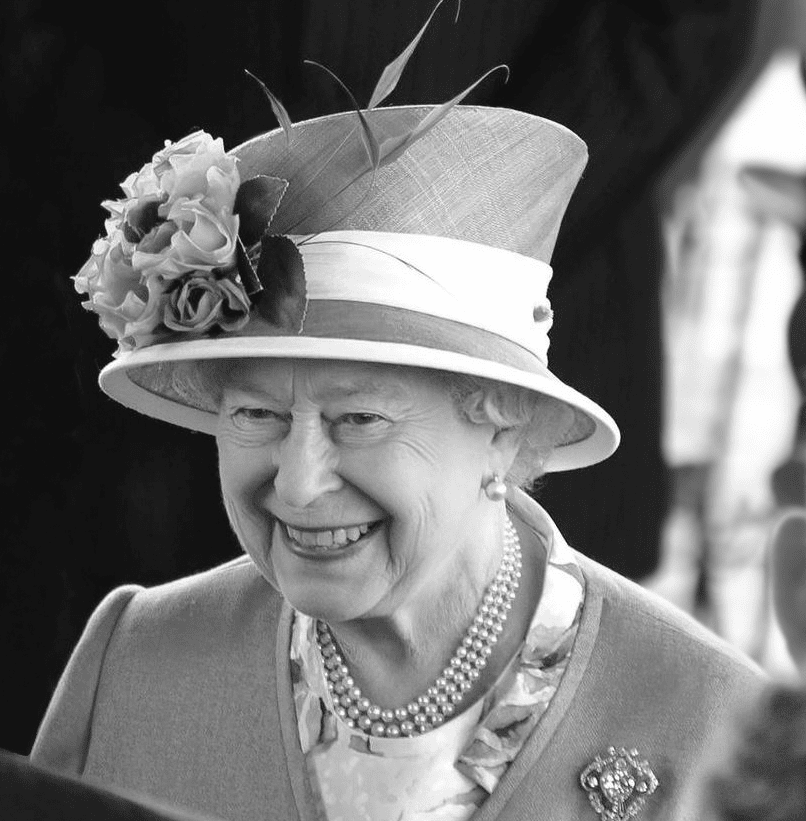Media react to Queen's death - some well-prepared, some bumpy
The death of the 96-year-old Queen Elizabeth II was announced yesterday, Thursday, at 7:30 p.m. Swiss time. While the well-prepared British broadcasters used procedures that had been planned for years, the announcement on the main SRF Tagesschau edition was rather bumpy.

Presenters and reporters from the UK's public broadcaster appeared on screen in blackface on Thursday as concern grew over the health of Queen Elizabeth II. This was one of the first steps on a list of strict protocols that media organizations such as the BBC must follow in the event of the Queen's death.
BBC newsreaders wore black on Thursday, and the regular program was interrupted for most of the afternoon to make way for a special broadcast.
In the SRF Tagesschau main edition, starting at 19:30, the news of the death was not announced by presenter Cornelia Bösch at first, but was only shown as a ticker message in another report for the time being. It was not until around 19:36 that the news was also addressed in the program and an attempt was made to switch live to London correspondent Michael Gerber, but this failed and could only be implemented later. This was later followed by a special broadcast on what was undoubtedly one of the most globally relevant events of the year - Queen Elizabeth II has been on the British throne since February 6, 952, more than 70 years and therefore much longer than any of her predecessors.
While many of Britain's major news outlets have had strict plans in place for years to prepare for the Queen's death, the BBC's protocols, which have been rehearsed for decades, are arguably among the strictest of all. As part of "Operation London Bridge" - a plan that details exactly how the Queen's death will be communicated to government officials, the media and the public - the news will be released to the media at the exact moment a footman in mourning dress crosses the grounds of Buckingham Palace to place a black-edged sign on the gates, as the Guardian reported five years ago. And that is exactly what happened.
Black clothing on the editorial desks and funeral music on the radio
The three main British public service channels - BBC 1, 2 and 4 - will be interrupted, as will the radio stations, which will play melancholy songs when the news is announced. All radio stations, including hospital stations, prepared playlists of "Mood 2" or "Mood 1" songs - "sad" and "saddest" - for teams to draw on in the event of sudden national grief.
Even employees of the British newspaper The Telegraph were instructed to wear black clothing in the office for a few days in the event of the Queen's death, according to the magazine Fortune. And further: Both the British government and the royal family's website will, according to Politico, which received copies of secret plans for after the Queen's death last year, went into a state of mourning. The government's website and its social media pages have been covered in black banners, while the royal family's website has switched to a black holding page displaying a statement on the Queen's death. On Twitter, government departments are banned from posting non-essential content and retweets are also banned. For the next 10 days, the UK will now be in national mourning - government business will be suspended.
Obituaries in countless newspapers, magazines, on TV channels and online platforms, as well as reports of her funeral and the official coronation of her successor King Charles III, will dominate the global news in the coming days and weeks.








